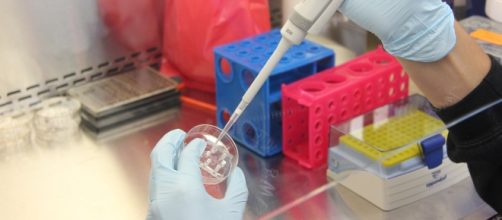Our body cells respond to DNA damage by repairing it. The natural process of auto healing is an important process in a cell. This mechanism ensures cells' vitality and survival. But, this process differs according to one's age. Younger individuals have more protective mechanisms for auto repair. Older population lack certain mechanisms, bringing about exposure to age-related cellular damage. The factor which plays an important role in the repair mechanism has eluded scientist for a long time. Now, the scientist from Harvard medical school made an important breakthrough by finding the critical step in DNA repair.
This Study was published on March 24 in the journal Science.
Unravelling the mysteries of human DNA
The human body possess the qualities of self repair at the cellular level. A protein molecule called NAD is identified as the major contributor to this self-repair sequence. The NAD protein molecule plays a major role in the interaction between proteins, and identifies the free radical damage in the cell. This protein was identified a century ago, and is already known for its cellular protection. Experiments done on mice revealed that NAD helps the cells when it comes to damage caused by radiation exposure and age-related repair.
Proteins and their game
Three proteins were identified by the researchers.
The researchers wanted to find out the causative factor which triggers the proteins to interact with each other. The scientists discovered the factor is NMN, which is a precursor of NAD. NMN is half the size of NAD and it can easily slip into the cell membrane. Once it enters into the cell, it combines with another NMN molecule to form the NAD molecule.
The younger mouse had more NAD molecules in their liver and the older mice had fewer, resulting in more age-related cellular damage.
Experiment with mice
As a final step, mice were treated with NMN-mixed drinking water. The treatment was given for a week. The animals were then exposed to radiation. The pre-treated animals with NMN showed lower levels of Dna Damage.
According to the study, these animals didn't show any changes in their blood count such as alteration in white blood cells, lymphatic cells, and hemoglobin levels. The same effect was seen in mice treated with NMN after the exposure. The study findings also recommend further exploration in the treatment of NMN as a possible therapy to prevent cellular damage due to environmental radiation.

